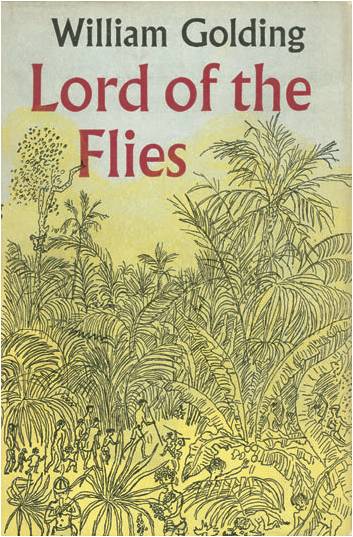This wonderful Cornish workshop and museum is dedicated to the legacy of studio pottery trailblazer Bernard Leach
My Life in Art: Arts Society Lecturer Toby Faber
My Life in Art: Arts Society Lecturer Toby Faber
16 Aug 2019
Toby Faber is an author and publisher, who has written books on the mysteries of Fabergé eggs, the artistry of Stradivari and the history of Faber & Faber, the influential publishing house founded by his grandfather.

What first compelled you to become an Arts Society Lecturer?
I had written books about the violins of Antonio Stradivari and the Easter eggs of Carl Fabergé, and had spoken about them at literary festivals and similar venues. I enjoyed doing that, so I thought I could do something similar for The Arts Society. It’s a good way of keeping the books current – and the money is always useful!
Then, when I needed a new subject, I thought my experience with Faber & Faber might provide good material. The lecture has been well received and it was that reception from The Arts Society which persuaded me that there might be a readership for a book about the company as well.

Can you give us some insight into your family history with Faber & Faber, in which your childhood was ‘steeped in its books’?
My father was a physicist and a Cambridge academic, but he was also a director of Faber & Faber. So our house was full of Faber books. There were lots of great authors on the children’s list when I was growing up – Rosemary Harris, Lucy Boston, Catherine Storr, Helen Cresswell, Eilis Dillon, Hugh Walters and many more – and I loved reading them. I was also proud of the family connection. I could see my name in libraries and bookshops and would look out for reviews in newspapers (I still do, of course). I would listen to my parents talking about the firm: I grew up hearing some of the stories that are in the book.
Your areas of expertise include Fabergé eggs and Stradivari’s stringed instruments. In each case, why do you think these objects continue to spark people’s imagination?
From the artistic point of view, the eggs are beautifully made and demonstrate remarkable creativity stretching over 30 years. They are also, of course, a tangible link to the tragedy of the Romanovs, doomed to their fate by circumstance and the last tsar’s intransigence. Their designs reflect what was happening in Russia at the time they were made; and the story of what happened to them after the revolution is also fascinating.
Stradivari’s violins are now something like 300 years old and are still the best violins ever made. Most soloists still want to play one. There’s no equivalent achievement in any other field of human endeavour. I think that is an amazing mystery, and it means, of course, that the violins themselves have the most wonderful stories, because they have been valuable – and used – for so long; they link different musical eras.
You are currently travelling in New Zealand on a DFAS NZ tour. What is it like to travel so far afield to deliver lectures?
I really enjoy the travel that comes with being an Arts Society Lecturer, whether it’s within the UK or further afield. I’ve already done two Australian circuits; this is the first time I’ve lectured in New Zealand (although I have been here before visiting family). It’s a great way to see the country and meet the people that live there.
In your opinion, what defines a good lecture?
I think it’s the lecturer. As long as they are enthusiastic about their subject, they should be able to convey their enthusiasm and bring their audience along with them.
About the Author
The Arts Society
JOIN OUR MAILING LIST
Become an instant expert!
Find out more about the arts by becoming a Supporter of The Arts Society.
For just £20 a year you will receive invitations to exclusive member events and courses, special offers and concessions, our regular newsletter and our beautiful arts magazine, full of news, views, events and artist profiles.
FIND YOUR NEAREST SOCIETY
MORE FEATURES
Ever wanted to write a crime novel? As Britain’s annual crime writing festival opens, we uncover some top leads
It’s just 10 days until the Summer Olympic Games open in Paris. To mark the moment, Simon Inglis reveals how art and design play a key part in this, the world’s most spectacular multi-sport competition



